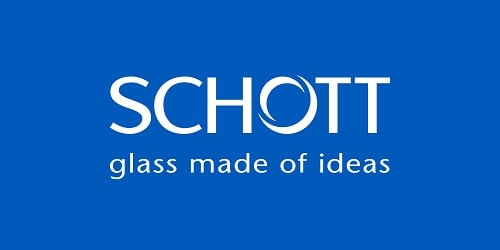
Fiber optic light guides can be customized to fit into smaller and smaller endoscopes.
Space constraints are a big topic when designing smaller endoscopes that increase patient comfort. The smaller the incision needed to insert the scope into the body, the faster the recovery times and the lower the likelihood of healing complications. Therefore, it is not surprising that our customers, the endoscope makers, would like to have smaller and smaller instruments in general, including smaller and smaller scopes.
This means that as engineers and designers, we need to be creative with our fiber optic cables and how we customize them. While traditional fiber bundle cross-sections are round with round end tips, what we are seeing a lot in the market today are what I like to call “funky” shapes for fiber bundle cross-sections. On the proximal end, they continue to be round as this is a simple shape for the light sources or light engines to receive. However, on the distal end where the instruments will go inside the patient, you start to see more moon-shaped cross-sectional designs or even halo designs in some cases, where the fibers form a full ring with a space in the middle for other components.
Understanding the end-design early on
When we start to design a fiber optic light guide for an endoscope with our customers, the clearer we envision what the end system looks like, the better. We want to help OEMs achieve two goals:
1) reach their overall scope size targets,
2) maximize illumination of the subject.
This combination requires that we find a way to make as many fibers as possible run through the small available spaces in a scope. Thus, it is important that we understand what elements, such as working channels or the camera module, our fibers need to thread through. In some regions, our fibers may need to be flexible; in other areas, they may need to be rigid. Having a good picture up front and throughout the design process as changes are made allow us to capitalize on our expertise for developing creative, custom-designed solutions.

Distal end variations on light guides for small endoscopes.
Collaboration is key in the battle for space
In most cases, the fiber bundle can’t be round any more. It has to fit into different crevices in every design to better accommodate the many other components that are in the instrument with it. This means that collaboration between the teams is not only important with our end-customer, but also with some of their other partners. If one item is just slightly larger, it takes up space that might be needed by another component, so negotiation is key. It is almost like a game – or at least a very large conversation between the teams – occupying space in one region to free up space in another region to ensure the total space is utilized as efficiently as possible. In the end, all the teams win when we find the best solution – ultimately for the benefit of the patient.









